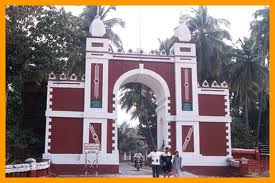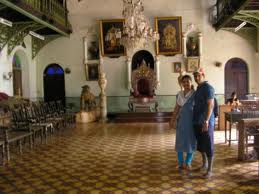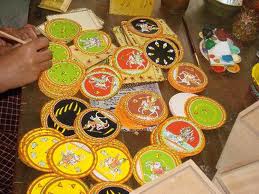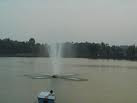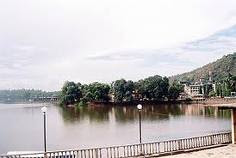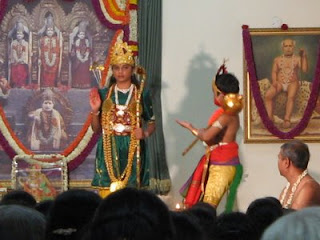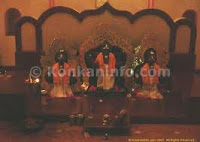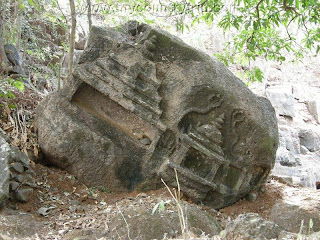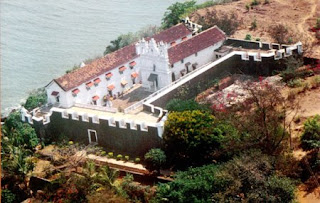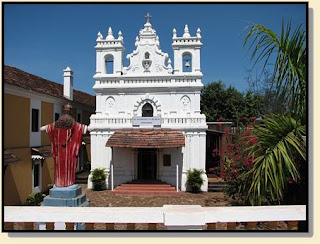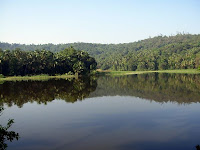Ganjifa cards are circular and traditionally hand-made by local artisans. The suits are composed of twelve subjects on coloured backgrounds, with pip cards running from 1 to 10, and two court cards, one of a minister or counselor, the other of a king. The precise style and arrangement of the decoration on any set is dependent on its artist. The designs of the cards of Dashavatara Ganjifa use motifs from the ten avatars of Vishnu.
The production of ganjifa cards has never been on a mass scale but made exclusively on commission. Unfortunately, the arrival of modern printed playing cards affected the market of these indigenous hand-painted ganjifa cards. But even with a decline in demand, a few artists continued the practice of painting the traditional themes and at times incorporated the traditional theme to suit the structure of the modern pack of 52 cards. In course of time the number of practitioners decreased mainly due to lack of regular patronage and sustainable income. The legacy, however, continues in the hands of a few artists whose families have pursued the ancient practice of ganjifa painting.
The themes portrayed in the ganjifa packs range from the social to religious ones. The choice of subjects has always reflected the socio-religious trend in society.
The most important cards known as court cards are the Mir/Raja/King and Wazir/Pradhan/Minister along with Rani in some sets. These are known as court cards which hold great value. The remaining motif and numeral cards indicate the respective suit symbol. The court cards represent the court figures and are stylistically rich and reflect the artistic and aesthetic dexterity of the artist. In contrast, the numeral cards are decorative and yet simplistic in their application and nature of painterly treatment.
If you like this please Link Back to this article...

















